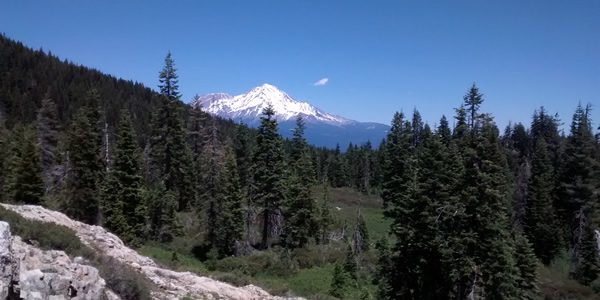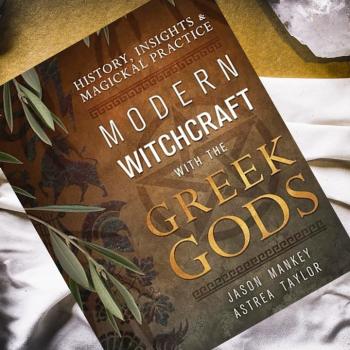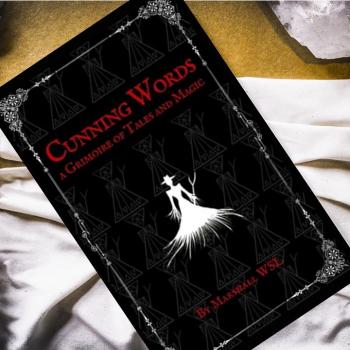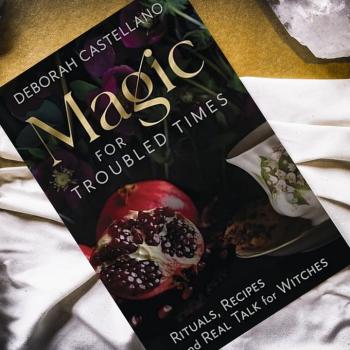Having established a biblical view of man’s place in the world, the question remains of God’s relationship to the cosmos. Psalm 24 makes it clear that we are but stewards of creation, the earth and everything in it does not belong to man, but to God, its creator. God’s ownership is illustrated by the relationship between the people of Israel and the land of Israel. The land was promised to Israel by God, yet scripture makes it clear that the people are but tenants (Lev 25:23), God remains the owner of the land (Wright 240). What man does to the land, he does to God’s property. The implication of course is that nature is “intrinsically valuable because it is part of God’s creation” (Smith 71).

God not only owns his creation, he also shows great care for it, he continues to sustain and nurture it. “Creation has therefore also to be understood as an expression of the love of God who remains faithful to what he has created in love” (Schwöbel 157). The Mosaic regulations are testimony to God’s concern for the land. God’s desire for “shalom”, the Hebrew concept of an all-encompassing peace and well-being, extends beyond men to non-human creation (Santmire 43-44). The command to keep the Sabbath benefits not only men, but the land as well. God provides rest for the land and thus prevents it from being exploited (VanDyke 78).
God’s concern for his creation is seen most fully in his plan of redemption. The Gnostic idea of separating the spiritual and material and giving preference to the spiritual is negated by Christ’s incarnation. Colin E. Gunton writes “the status of the material world is, for Christian theology, very much bound up with the incarnation, the affirmation that in Jesus of Nazareth the Son of God takes part of that world to himself, and, consequently, dies and is raised in order that God should redeem all of it (Ephesians 1.1-10)” (9).
Not only did Christ affirm the goodness of the material world by becoming part of it, he also took on the entire cosmos to redeem it. All of creation came under the curse of the fall through Adam’s sin, but through Christ’s sacrifice all of creation is being redeemed. VanDyke asserts that “Christ’s death began the redemptive process that will be fully realized in the future. His death will change not merely you and me but also the entire cosmos in which we live” (35). This idea, called “recapitulation”, is found throughout the writings of the New Testament. Loren Wilkenson contents that “The cosmic concern of salvation is a central theme of the New Testament” (29). Evangelical ethicist Oliver O’ Donovon stresses the implications of the idea of cosmic redemption for a Christian view of the environment: “it might have been possible, we could say, before Christ rose from the dead, for someone to wonder whether creation was a lost cause” (39). But because of the redemptive work of Christ, “the good news [is] declared not only to men and women on earth, but to all created things under heaven” (Wilkenson, 29).
Lastly, the theocentric view of the environment that recognizes man’s place as steward, God as the owner and the one who cares for and redeems creation leads to a unique understanding of the purpose of creation. Rather than being an extension of God, as the biocentric view would argue, or merely a backdrop for human history, in a theocentric view creation’s purpose is to bring glory to God, its creator and sustainer. Schwöbel writes on the importance of this perspective:
“The immediate implication of seeing the glory of God as the end of creation is an explicit restriction of human interaction with the world of creation… Perhaps the ecological crisis has heightened our awareness of an understanding of the end of creation where one interpretation is definitely excluded: that it may be seen as directed to the greater glory of the human” (169).
David Toolan summarizes: “to degrade the earth is to interfere with the message of its Creator” (37).

















